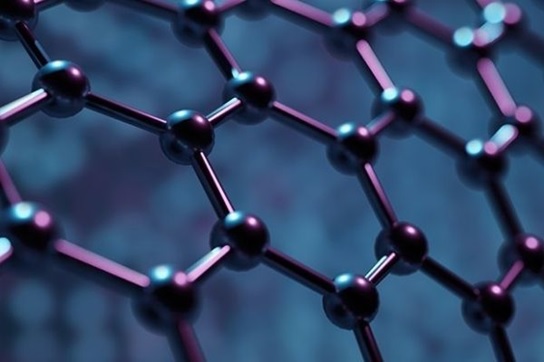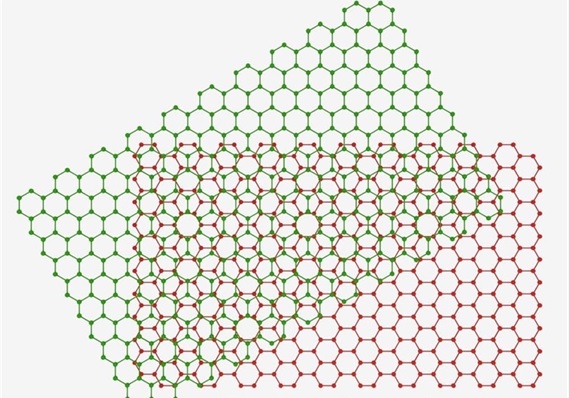Graphene, a form of two-dimensional crystalline carbon structure, has attracted the attention and expectations of the scientific and industrial communities since its discovery in 2004. With a single layer of atoms, graphene is considered to be the thinnest, lightest and strongest material available on Earth. It has excellent electrical and thermal conductivity, oxidation resistance and flexibility. Graphene is considered one of the most important discoveries in the field of materials in the 21st century. Since its discovery, research and development of graphene has become a prominent and fascinating field of science and technology. Scientists and engineers around the world have found many methods of producing graphene and developing its potential applications. Graphene production methods include separating graphene from other carbon crystals, using chemical and mechanical reactions to create graphene from different carbon materials. In addition, 3D printing methods using graphene conductive inks are also researched and developed to create graphene-based products.

There are many great potential applications of graphene in industry and life. This material can offer a wide range of unique properties, opening up breakthrough opportunities for different industries.
- Flexible electronic technology
- Energy and environmental protection
- Sensors and measurement technology
- Reinforcement material
- Health and wellness

With diverse applications and outstanding benefits, graphene conductive ink has become an important and potential industrial material. The continuous development in research and production technology of graphene conductive ink is helping to open up new opportunities and accelerate its application in various industries. Along with this development, there are a number of challenges that need to be overcome in order to utilize the full potential of graphene conductive inks.
One of the key challenges is the production process and the scale of production. Currently, methods of producing graphene conductive inks are still expensive and complicated. More research efforts are required to increase production efficiency, reduce costs and increase process stability. At the same time, scaling up production to meet actual needs is also a challenge for the graphene conductive ink industry.
In addition, graphene ink needs to meet the requirements for quality standards and durability. This is especially important in medical and electronic technology applications where accuracy and reliability are critical.
Another important aspect is related to safety and the environment. Before graphene conductive inks can be widely applied, thorough research on the potential impact of graphene on human health and the environment needs to be conducted. At the same time, it is necessary to develop methods of recycling and waste treatment to ensure sustainability in the production and use of graphene ink.
Graphene ink is opening a promising future with many potential applications in industrial, medical, energy and many other fields. The development and application of graphene ink requires dedication from researchers and businesses to take advantage of the material's full potential. Investment in research and development of graphene ink production technology is required, along with building cooperation among researchers, businesses and regulatory authorities to accelerate development and application. of graphene ink.

